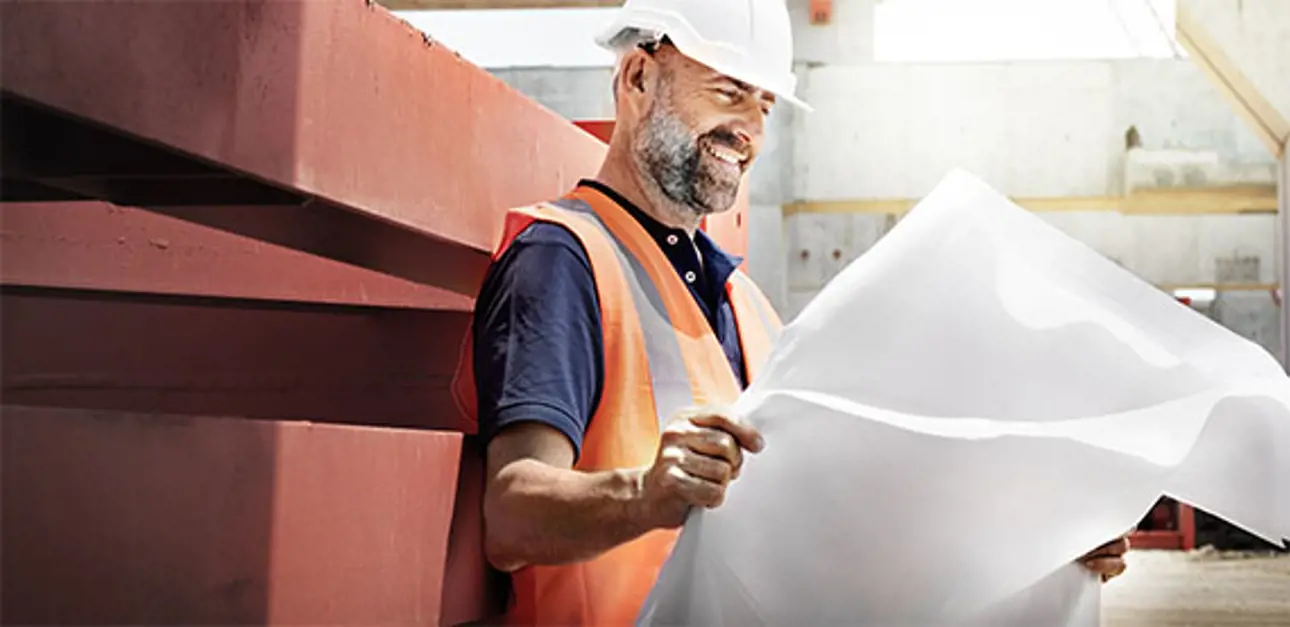How do you avoid risks in paper machine rebuild projects?
Feb 24, 2020
Getting a board or paper machine rebuild right comes down to good preparation, skilled engineering and having the experience to know what to look out for. Even so, every rebuild is unique and problems can still arise in areas that were never considered risks. The more you know about your machine before the rebuild, the fewer risks there will be. There are also several common Do’s and Don’ts, which will help minimize risks in rebuild projects.

Do...
1. Plan well
The importance of good planning cannot be over-emphasized. The success of the whole rebuild depends on it.
2. Know your machine’s potential and its limitations
If you don’t, you won’t know what can be improved or the problems you need to solve, what the result of the rebuild will be or what you’re spending your money on.
3. Do pre-engineering
This is one of the keys to a successful rebuild. Get a machine supplier or professional consultant to help to do pre-engineering. This will reduce the risk of things going wrong or taking too long and ensure the profitability of your investment.
4. Choose a reputable supplier
Use a supplier that is experienced in pre-engineering, pilot trials and rebuild work. Using a single supplier may be more expensive in the beginning but it will pay off in the long run – the project will go more smoothly and you will avoid delivery limit risks and communication problems between suppliers and contractors.
5. Understand the importance of project management
Make sure every aspect of the project is professionally managed and scheduled. Good organizational skills and long experience in project management are essential for ensuring work is completed on time, that nothing is forgotten, and that everyone follows the plans exactly.
6. Arrange good management
It’s important to assign clear responsibility for managing all the work on-site including preparations, the shutdown, rebuild, installation, start-up, safety, and personnel.
7. Assign a new employee
Hire new staff to run your rebuilt machine rather than swapping people in from one of your other machines. This will ensure that both machines receive the full attention they need and that the performance and runnability of your other machine doesn’t suffer.
Don't...
1. Not know your own strengths
Your company specializes in making paper and/or board. Other companies specialize in rebuilds. They will be familiar with all the requirements and technical needs, and the best industry practice and they will solve problems much faster.
2. Don’t cut corners
Remember the long term profitability of your machine before you try to save costs in the planning phase. Skipping steps at the beginning or using cheap contractors will eventually cost you more through delayed schedules, slow optimization, low reliability, and late payback.
3. Don’t forget the civil engineering
Very many times companies only budget for work on their machine but forget the other costs. This leads to huge cost overruns. And if you forget to budget for the civil engineering, it’s also going to be late and delay your rebuild.
4. Avoid grey areas
It is essential that the delivery scope for each supplier is very clearly defined and that the communications are clear. There should be no room for misunderstanding. Everyone involved must know who is responsible for what and what the timetable is. Misunderstandings make projects late.
5. Don’t ask one machine to do too much
It’s not reasonable to expect a rebuilt machine to handle a huge range of products and grades. The rebuild will be expensive, it will be difficult to optimize production every time you change grades and it will not be economical. It is better to concentrate on a reasonable number of grades and grammages.
6. Avoid unrealistic schedules
Make sure you plan enough time for the planning phase, ordering and purchasing, civil engineering, permit applications, and rebuild engineering. If the schedule is too tight, then there may be delays and late revisions, and contractors may no longer be available when you need them.
7. Avoid unrealistic targets
Setting realistic targets is a compromise between improved profitability, investment costs and payback time. If the rebuild scope is too large, the payback time might be so long that the project never achieves profitability.


